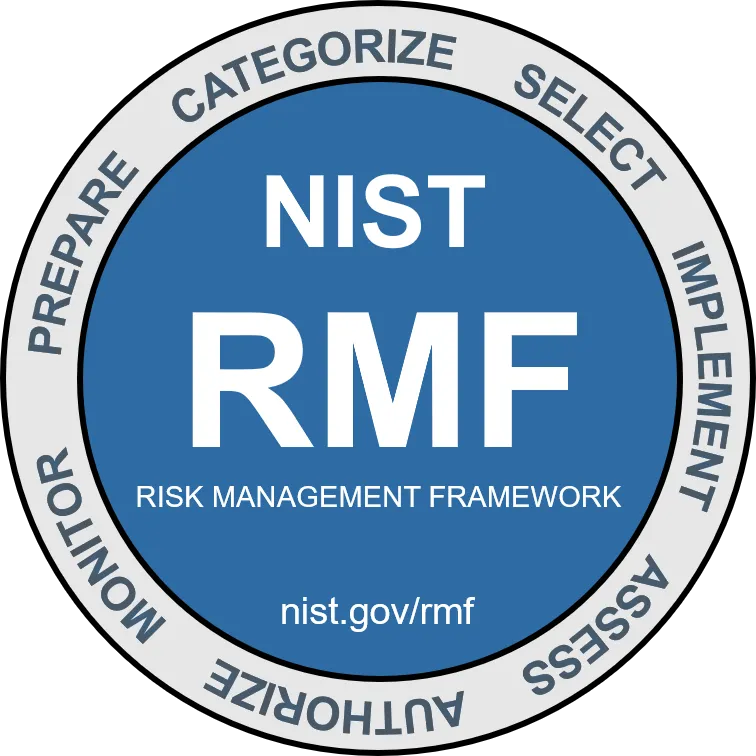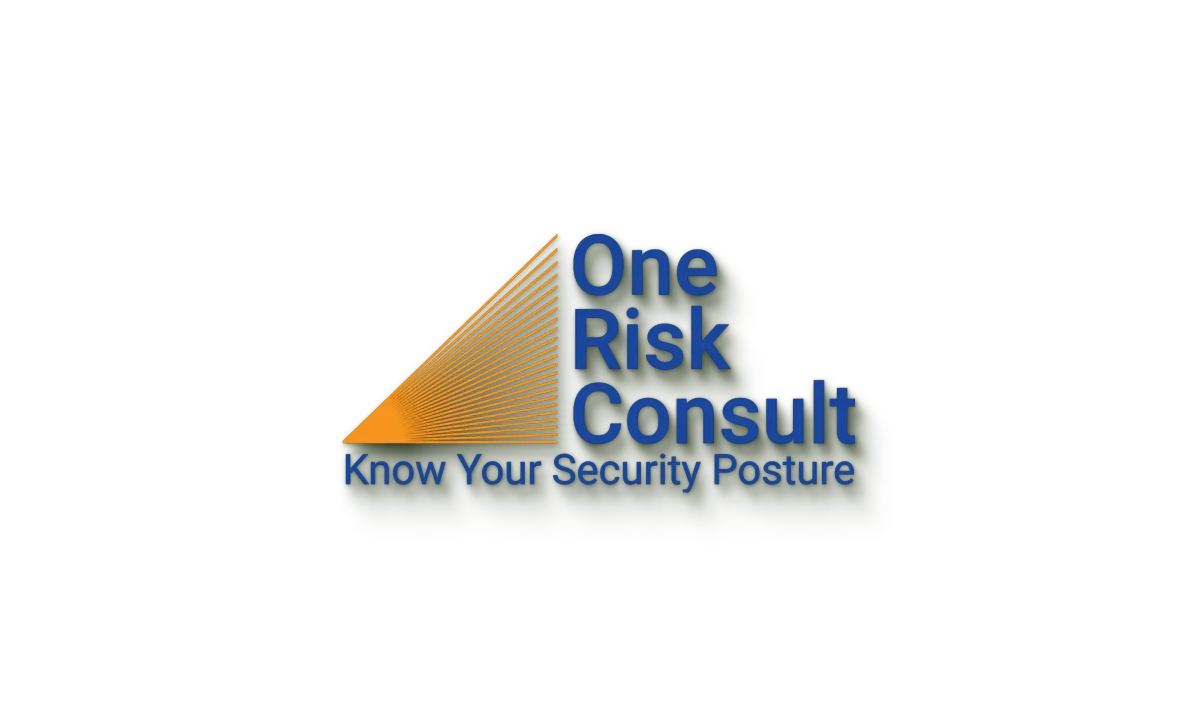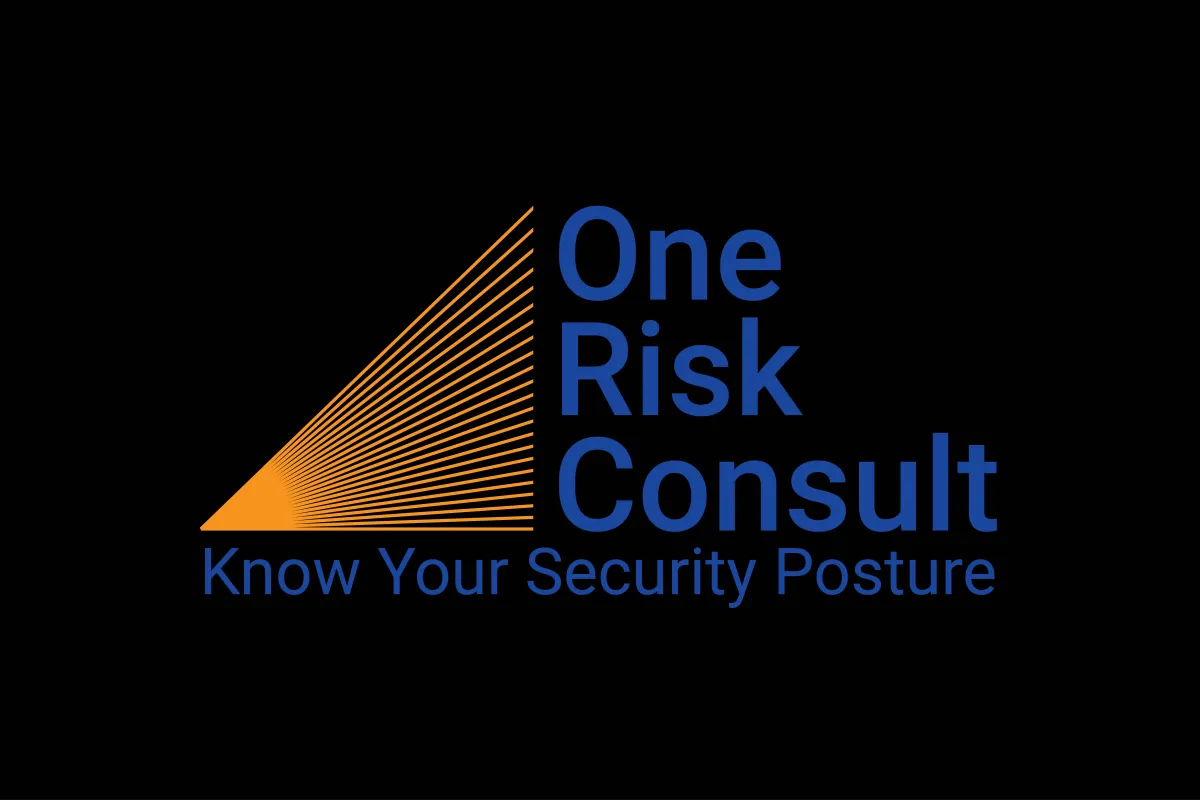Protecting your digital assets, defending your business
Your Trusted Partner In Cyber Security Risk Management
Oneriskconsult is a cyber risk management firm in London that offers a comprehensive suite of cyber security services to small and medium businesses across the globe. We partner with organizations to protect them from evolving cyber threats such as phishing attacks, ransomware, and security breaches. Being the top-tier cyber risk consultant in the UK, Oneriskconsult guarantees that your business stays secure in the digital landscape.
Cyber Security Confidence,
Every Step of the Way
Oneriskconsult comprehends the power of knowledge when it comes to cybersecurity. You cannot defend or protect what you do not know. This is why we offer a range of cyber security services designed to provide you with a clear image of your cybersecurity posture. From penetration testing to risk management services, our team of seasoned pen testers and risk management professionals is dedicated to safeguarding your business against cyber threats.

Choose Oneriskconsult for All Your Cybersecurity Needs
Our focus on cybersecurity, penetration testing, risk management, vulnerability assessment and management, and zero-day exploits sets us apart as one of the best cybersecurity service providers in the UK. With our expertise and successful track record, we ensure you experience the peace of mind that comes with knowing your business is protected by the best in the industry.
Guarding Your Business, Protecting Your Future

Get in touch with us today to learn more about our services and how we can help secure your business.
Guarding Your Business, Protecting Your Future
Our Cyber Security Services...
Threat Protection
Vulnerability Management
Patch Management
Cybersecurity Asset Management
Detection and Response
Continuous Monitoring
Blog...

Cyber Threats for Small to Medium Businesses in 2024
Heading into 2024, the constantly shifting digital universe has introduced various new, highly sophisticated cyber threats aimed directly at small and medium businesses Owners of these businesses often have to multitask. There is a significant danger for such company owners regardless of the number of employees and revenue. In reality, businesses with yearly earnings between $100,000 and $500,000 are just as likely to be the targets of cyberattacks as those with annual revenues between $1 million and $9 million.
Medium and small companies should be on the lookout for certain cyber threats, and we'll go over a few of them here.
Ransomware Attacks
Small and medium-sized businesses (SMBs) are increasingly worried about ransomware attacks, and cybercriminals will likely keep trying to encrypt companies' data. Ransomware is a cyberattack whereby the victim's data or complete computer system is encrypted and rendered inaccessible by malicious software (malware). To decode the data, the attackers encrypt it and ask for a monetary ransom from the intended recipient, often in an anonymous cryptocurrency.
These assaults may weaken an organization financially, cause data loss, or even halt operations. Entrepreneurs may better protect their companies against ransomware by implementing strong backup solutions and teaching their staff to spot phishing emails.
"Bring Your Own AI" (BYOAI) Threat
Emerging threats and difficulties will accompany generative AI's meteoric rise in corporate use. The "Bring Your Own AI" (BYOAI) movement, in which workers use their artificial intelligence (AI) devices at work, is a major cause for worry since it's going to grow in popularity very quickly.
There is a high potential for inadvertent disclosure of confidential business information due to this behaviour. Workers who use their own AI at work risk inadvertently disclosing sensitive information to other parties. In contrast, business AI solutions will provide many privacy-enhancing capabilities that are often unavailable on an individual level.
Botnets
In this cyberattack, multiple hacked computers, also called "bots" or "zombies," are remotely controlled by an attacker or a gang of hackers. Attackers use these infected machines, often connected to a network of hacked devices, to execute various harmful tasks.
The use of botnets in conducting several harmful operations, including large-scale assaults, makes them a major concern in cybersecurity. However, small businesses have to worry about how these assaults might affect their resources, such as computer power or network bandwidth.
Protecting small and medium businesses from botnet attacks can be achieved through the following measures: cybersecurity education for employees, strict access controls, regular software and security program updates, firewalls, email filtering, network monitoring, offline backups, network segmentation, security audits, and a reporting culture. Working with a managed security services provider may strengthen your company's defences.
IoT Reliance and Vulnerability
With the increasing reliance on connected devices to enhance efficiency and customer experience, the network perimeter for small and medium businesses has been rethought. However, businesses should be extra careful to secure Internet-connected smart devices, sometimes known as the Internet-of-things (IoT), since they provide thieves with more opportunities to steal sensitive information. Data breaches, unauthorized access, and interruptions in company operations may result from security flaws in Internet of Things (IoT) devices, also known as endpoint devices in the security field.
Business owners should implement stringent security measures for IoT devices. These measures should include routine software upgrades, robust password restrictions, and technological solutions to identify and thwart attacks.
Business Communication Compromise (BCC) attacks
Business Communication Compromise (BCC) assaults, formerly Business Email Compromise (BEC) attacks, will change dramatically in 2024 due to hackers' use of AI and deepfake. These technologies will let crooks launch more sophisticated and convincing scams.
Cybercriminals will distribute CEO and partner deepfakes. This will make it harder for staff to distinguish between legitimate and fraudulent requests in urgent circumstances. These improved BEC/BCC attacks will damage organizational trust and cost money. Businesses may lose communication effectiveness and raise internal mistrust as workers become increasingly wary of digital relationships. These risks suggest a two-factor authentication-like solution. Due to these changes, request verification must now occur via a secure phone call or in-person meeting.
Visibility

Control

Defend





